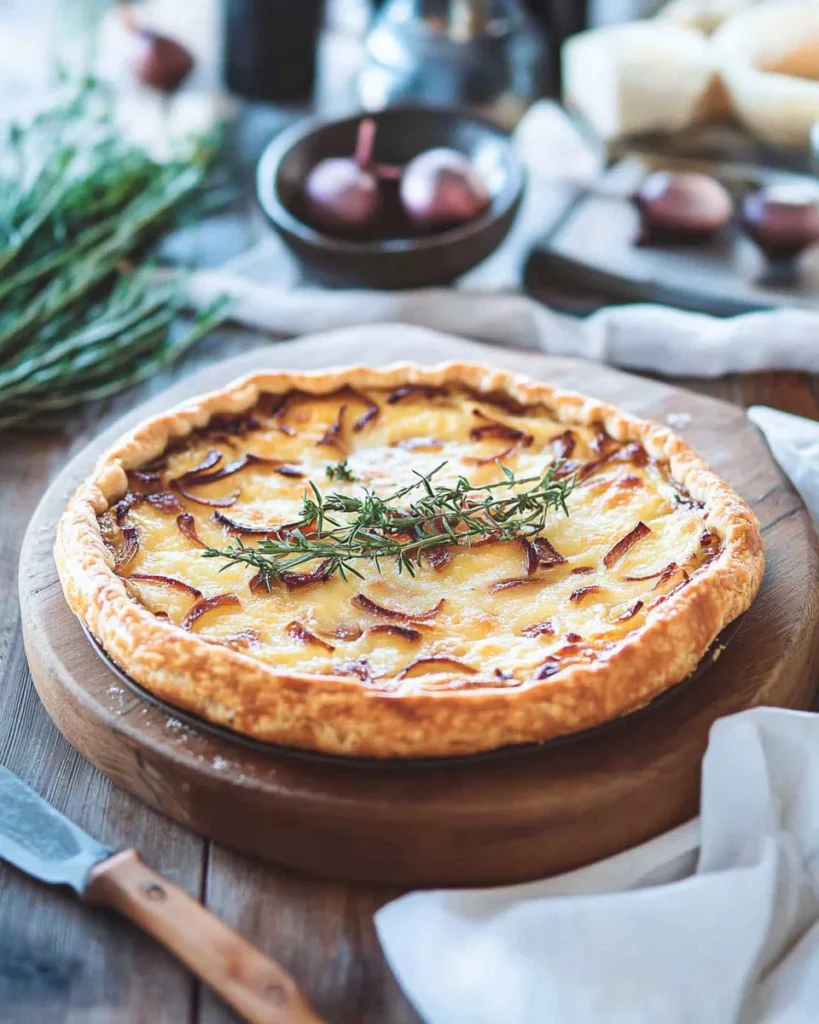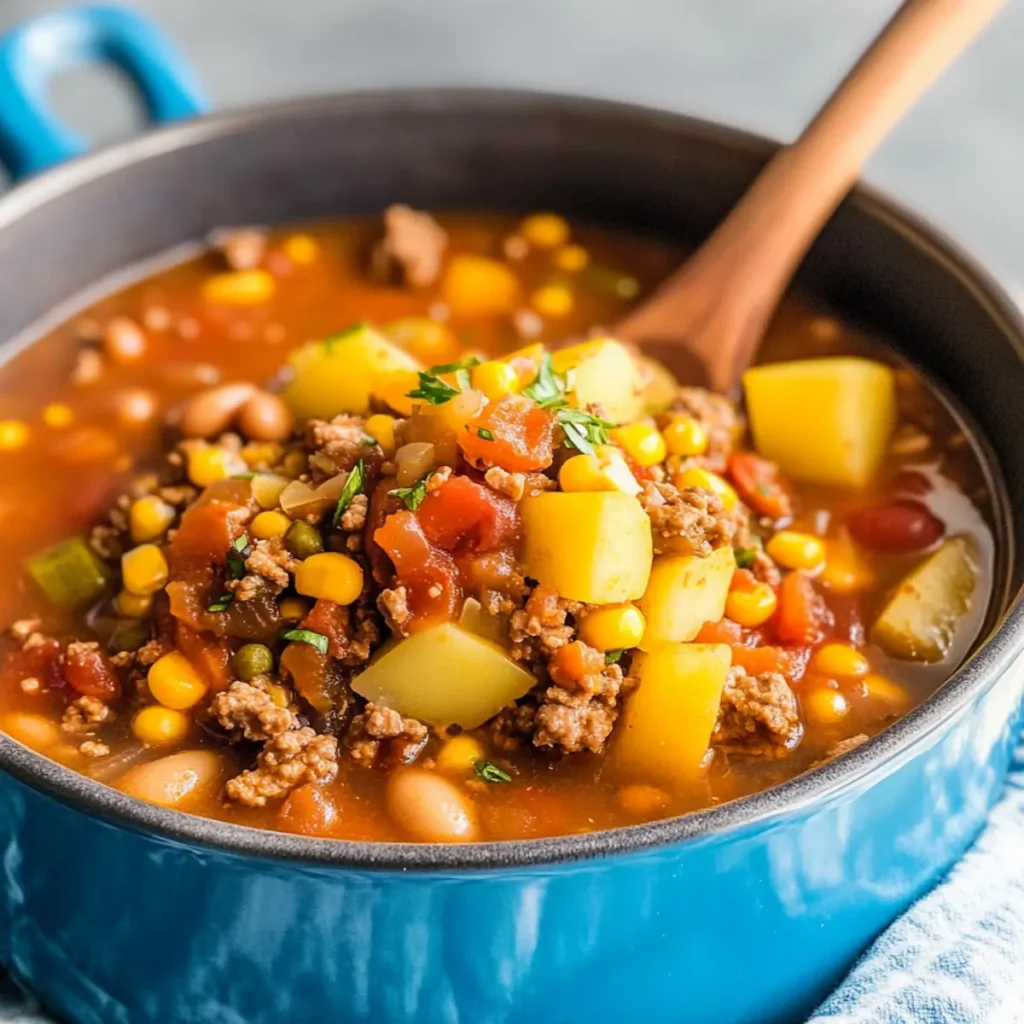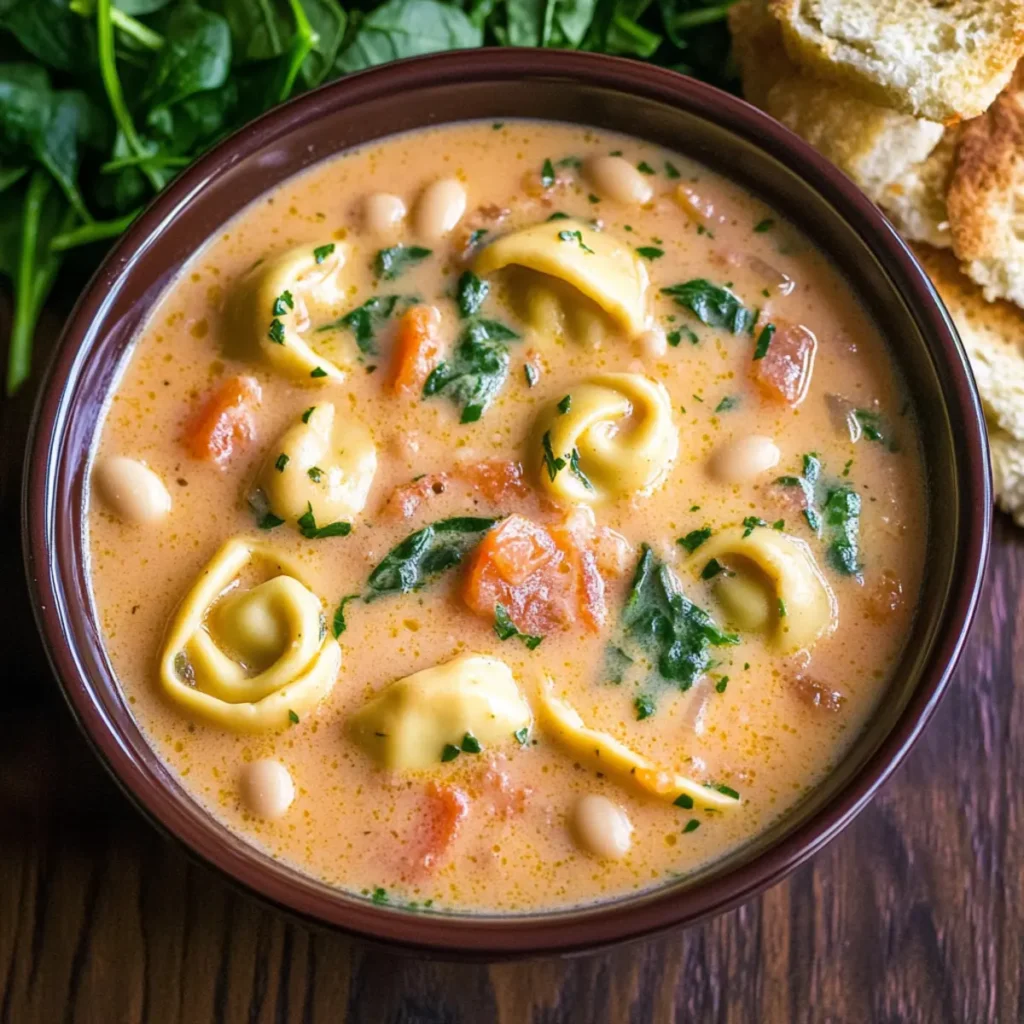A Taste of Autumn and Tradition
Some foods have a way of bringing people together, and for me, Zwiebelkuchen is one of them. The first time I had it, I was in a cozy German village during autumn’s wine harvest season. The streets were lined with wooden stalls selling freshly baked pies, their warm, golden crusts perfumed with the rich aroma of caramelized onions and smoky bacon. Locals gathered with glasses of Federweißer, a cloudy, slightly sweet young wine, to toast the season.
The moment I took my first bite, I understood why Zwiebelkuchen is more than just a dish—it’s a tradition. The buttery crust, the creamy onion filling, the hint of caraway—it was comforting and hearty, the kind of food that makes you feel at home even in a foreign place.
Back in my kitchen, recreating this iconic German onion pie became a way to relive those cherished memories. Whether you’re new to this dish or have fond recollections of enjoying it at a German festival, Zwiebelkuchen is a recipe worth passing down.
What is Zwiebelkuchen?
Zwiebelkuchen, literally translated as “onion cake”, is a savory German pie made with a buttery or yeasted crust, a filling of slow-cooked onions, eggs, and cream, and often smoked bacon (Speck). Traditionally, it is flavored with caraway seeds and nutmeg, adding a warm, earthy depth to its rich, custardy texture.
Though Swabia, Baden, and the Palatinate wine regions of Germany are known for this dish, it’s beloved across the country and varies by region. Some versions have a thicker, bread-like crust, while others resemble a thin, tart-like quiche.
Zwiebelkuchen is most popular in autumn, especially during grape harvest festivals and Oktoberfest celebrations, where it is often served with Federweißer wine or German lagers.
The Ingredients That Bring It to Life
The Crust: A Strong Foundation
- Traditionally made with a yeasted dough, which gives it a sturdy yet slightly chewy texture.
- Some regions use a buttery pie crust instead for a flakier finish.
- Store-bought pizza dough works as a quick substitute.
The Star of the Show: Onions
- Yellow onions are the most common choice, but Vidalia or red onions add sweetness.
- Slowly cooked down in butter to bring out their natural sugars.
- Some variations use a bit of flour to help thicken the filling.
The Creamy Filling
- A mix of eggs and heavy cream (or crème fraîche) creates a custardy texture.
- Nutmeg and caraway seeds add warm, earthy notes.
The Smoky Touch: Bacon (Optional, but Highly Recommended!)
- Smoked bacon (Speck) is used in most traditional recipes.
- Can be omitted for a vegetarian version, popular in some regions.
Step-by-Step Guide to Making Zwiebelkuchen
1. Prepare the Dough
- Mix yeast, sugar, warm milk, flour, salt, and butter to form a dough.
- Let it rise until doubled in size (about 1 hour).
2. Cook the Bacon and Onions
- Dice the bacon and cook until most of the fat is rendered.
- Remove the bacon, then sauté the onions in the same pan with butter until soft.
3. Make the Filling
- Whisk together eggs, cream, salt, and seasonings.
- Stir in the cooled onions and bacon.
4. Assemble and Bake
- Roll out the dough and fit it into a baking dish.
- Pour in the filling, sprinkle with caraway seeds and extra bacon, and bake until golden brown.
5. Serve and Enjoy
- Let the pie rest before slicing.
- Serve warm, ideally with a crisp German Riesling or a cold lager.
Nutritional Breakdown (Per Serving)
- Calories: 361
- Carbohydrates: 34g
- Protein: 12g
- Fat: 20g
- Sodium: 1205mg
- Cholesterol: 98mg

Why You’ll Love This Recipe
1. It’s a Comforting, Savory Treat
The buttery crust, creamy onion custard, and smoky bacon create an irresistible blend of flavors.
2. A Perfect Fall Dish
It’s warm, hearty, and pairs beautifully with wine or beer, making it a seasonal favorite.
3. Authentic German Flavors in Your Kitchen
You don’t have to travel to Germany to experience the taste of its traditional beer gardens and wine festivals.
4. Great for Sharing
This pie is perfect for gatherings, whether it’s a family dinner or an Oktoberfest-themed party.
5. Versatile and Customizable
Make it with a yeasted or pie crust, add cheese, swap the bacon for mushrooms, or keep it vegetarian—the possibilities are endless!
The Secret to a Perfect Zwiebelkuchen
1. Choose the Right Onions
Use yellow onions for balance or go for sweet onions (like Vidalia) for a milder taste. Slowly cook them in butter until translucent to bring out their natural sweetness.
2. The Best Dough for the Crust
- A yeast dough gives a more authentic texture—chewy, slightly bready, and sturdy enough to hold the filling.
- A buttery pie crust creates a flakier, richer experience, perfect if you prefer a quiche-like pie.
- In a pinch, store-bought pizza dough works well too!
3. Caraway Seeds are Key
This spice isn’t just for flavor—it aids digestion, making the rich, creamy filling easier on the stomach.
4. Let the Pie Rest Before Serving
Fresh out of the oven, the filling needs 5-10 minutes to set for the best texture.
5. The Perfect Drink Pairing
For an authentic German experience, serve Zwiebelkuchen with:
- Federweißer – A lightly fermented, young white wine, slightly sweet and fizzy.
- German Riesling – A dry or off-dry variety balances the richness of the pie.
- A cold lager or Märzen beer – Complements the smoky bacon and onions beautifully.
Regional Variations of Zwiebelkuchen
Like many traditional dishes, Zwiebelkuchen varies by region in Germany:
- Swabian Zwiebelkuchen (Schwäbischer Zwiebelkuchen) – Typically made with a yeast-based dough, pre-cooked onions, and smoked bacon.
- Saxon Zwiebelkuchen – Uses a thicker, bread-like crust, and often incorporates sour cream into the filling.
- Bavarian Zwiebelkuchen – Commonly served at beer gardens, sometimes with added Gruyère or Emmental cheese for extra richness.
- Alsatian-Style (Similar to Flammkuchen) – A thinner, crispier version made with crème fraîche instead of heavy cream.
How to Make It Your Own
1. Vegetarian Zwiebelkuchen
Omit the bacon and replace it with:
- Sautéed mushrooms
- Leeks or caramelized shallots
- Gruyère or smoked cheese for depth
2. Cheese Lover’s Twist
Add grated Emmental, Gruyère, or even cheddar to the filling for a richer texture.
3. Make It Spicy
A pinch of cayenne or paprika adds warmth to the creamy filling.
4. Low-Carb/Keto Version
Skip the crust and bake the onion mixture as a crustless pie—it still delivers all the flavors without the carbs!
FAQs About Zwiebelkuchen
Q: Can I make Zwiebelkuchen ahead of time?
Yes! Bake it a day in advance and reheat at 300°F for about 10 minutes.
Q: How do I store leftovers?
- Refrigerate in an airtight container for up to 3 days.
- Reheat in the oven or air fryer for the best texture.
Q: Can I freeze Zwiebelkuchen?
Absolutely! Let it cool completely, wrap it tightly, and freeze for up to 3 months. Reheat at 350°F for 20 minutes (no need to thaw).
Q: Can I use pre-made dough?
Yes! Store-bought pizza dough, pie crust, or puff pastry can save time.
Q: What side dishes pair well with Zwiebelkuchen?
- A light salad with vinaigrette to balance the richness
- German potato salad for a heartier meal
- Sauerkraut or pickles for a tangy contrast
Final Thoughts: A Dish to Savor and Share
Zwiebelkuchen isn’t just a recipe—it’s a celebration of autumn, German traditions, and shared meals. Whether you’re enjoying it with a glass of wine during harvest season or serving it at an Oktoberfest gathering, this dish brings comfort and joy in every bite.
With its golden crust, sweet and savory onion filling, and rich, creamy texture, it’s a dish that deserves a place at your table. Whether you stick to the classic version or make it your own, one thing is certain: once you try Zwiebelkuchen, it will become a recipe you come back to again and again.
So pour yourself a glass of wine, slice into that warm, fragrant pie, and enjoy a true taste of Germany. Prost!
Print
Zwiebelkuchen: The German Onion Pie That Feels Like Home
- Total Time: 1.5 hours
- Yield: 6-8 servings
Description
Zwiebelkuchen is a savory German onion pie that’s perfect for autumn. With its buttery crust, creamy onion filling, smoky bacon, and hint of caraway, it’s a dish that brings people together, whether for a cozy dinner or a festive celebration.
Ingredients
For the Dough (Yeasted or Pie Crust):
- 1 packet active dry yeast
- 1 teaspoon sugar
- ¾ cup warm milk
- 2 cups all-purpose flour
- 1 teaspoon salt
- 3 tablespoons butter (softened)
For the Filling:
- 6 large yellow onions (or Vidalia for sweetness)
- 6 slices smoked bacon (Speck)
- 2 tablespoons butter
- 2 large eggs
- 1 cup heavy cream (or crème fraîche)
- 1 teaspoon caraway seeds
- 1 teaspoon ground nutmeg
- 1 teaspoon salt
- ¼ teaspoon pepper
Optional Toppings:
- Extra caraway seeds
- Extra bacon (optional)
Instructions
-
Prepare the Dough:
- In a bowl, mix yeast, sugar, and warm milk. Let sit for 5 minutes to activate the yeast.
- Add flour, salt, and softened butter to the yeast mixture. Stir to combine and knead into a smooth dough.
- Let the dough rise for 1 hour or until it has doubled in size.
-
Cook the Bacon and Onions:
- Dice the bacon and cook in a skillet over medium heat until crispy, about 5 minutes. Remove and set aside.
- In the same skillet, melt butter and sauté the onions over medium-low heat until they soften and caramelize, about 20 minutes. Set aside to cool.
-
Make the Filling:
- In a bowl, whisk together eggs, cream, nutmeg, salt, and pepper.
- Stir in the cooked onions and bacon into the egg mixture.
-
Assemble and Bake:
- Preheat oven to 375°F (190°C).
- Roll out the dough and fit it into a greased pie or tart pan.
- Pour the onion and bacon filling over the crust. Sprinkle with caraway seeds.
- Bake for 35-40 minutes or until the top is golden brown and the filling has set.
-
Serve:
- Let the pie rest for 5-10 minutes before slicing.
- Serve warm with a glass of Federweißer wine, German Riesling, or a cold lager.
Notes
- For a flakier crust, use a buttery pie crust instead of yeasted dough.
- Caramelize the onions slowly to bring out their natural sweetness.
- Substitute bacon with sautéed mushrooms or caramelized shallots for a vegetarian version.
- Allow the pie to rest for 5-10 minutes after baking to let the filling set.
- Prep Time: 30 minutes
- Cook Time: 1 hour
- Category: Savory Pie, Comfort Food
- Method: Baking
- Cuisine: German, European






